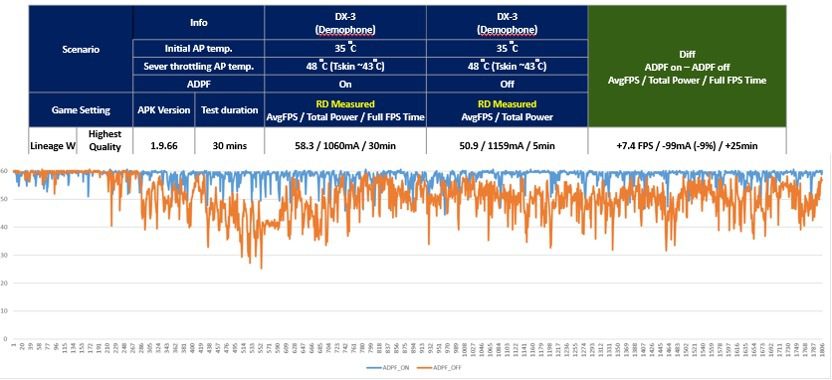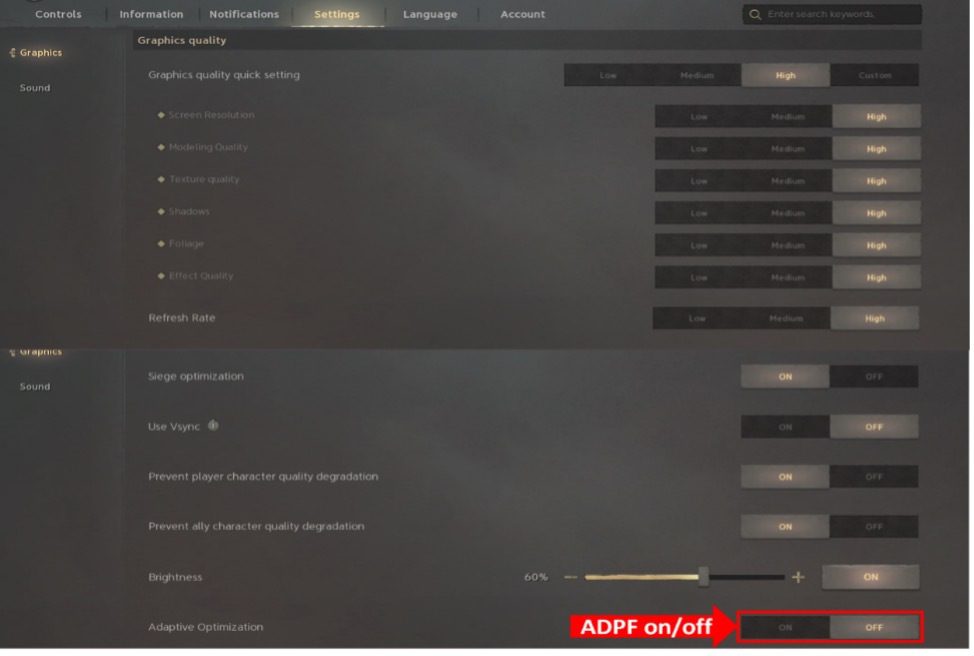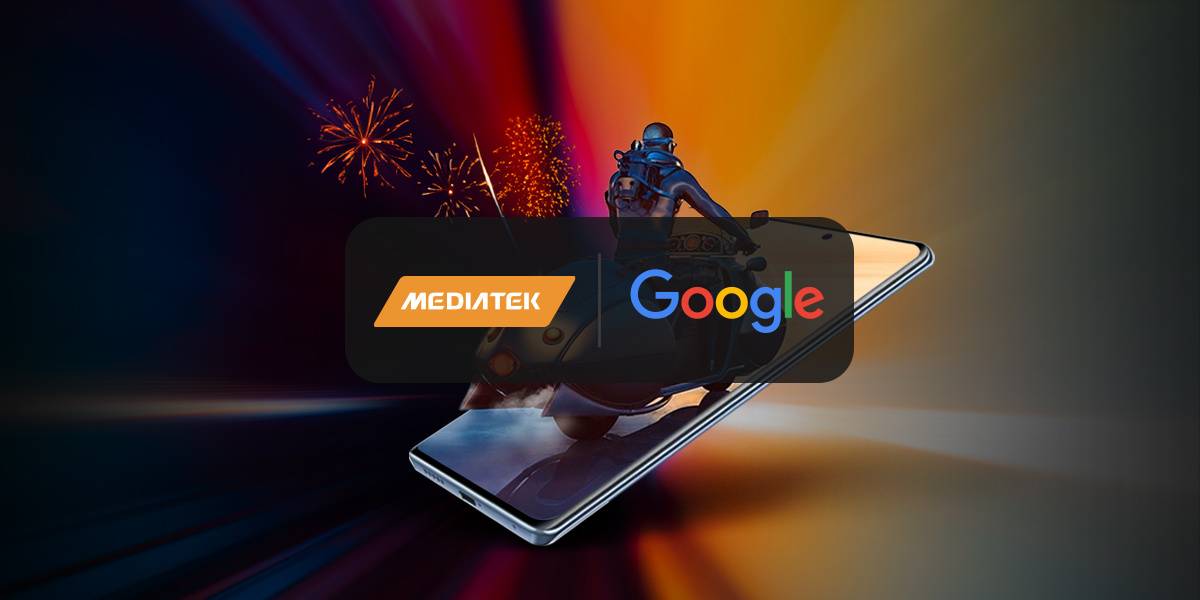MediaTek Adaptive Game Technology and Google's Android Dynamic Performance Framework take mobile gaming to the next level
Inconsistent frame rates that drop and jitter as a smartphone heats up have always been a pain point for gamers. To address these performance inconsistencies, game developers and smartphone brands have sought effective solutions to improve the experience. Initially, these have included reducing resource use and rendering detail to lower the CPU and GPU load, and thus, their temperature. However, these solutions act broadly without considering the real-time system state, which can vary according to each smartphone’s internal design, its external environment, and whether it’s on battery or plugged in.
The solution has been adaptive performance solutions that act in a closed loop, automatically adjusting in-game visual quality and performance based on the real-time operating environment and device status to maintain a consistent framerate. As a result, these technologies can help games achieve the best possible performance, visuals, and battery life for the device.
Google's Android Dynamic Performance Framework (ADPF) and MediaTek Adaptive Game Technology (MAGT) are two adaptive performance solutions available today, with ADPF providing a standard set of adaptive performance hints for all of Android, and MAGT giving apps running on Dimensity chips the ability to go beyond what ADPF currently supports. These technologies are collaborative, and future developments will provide more chip-level information to Google ADPF, bringing greater benefits to more Android users. However, Dimensity users will still benefit from extra functionality that MAGT provides.
Thanks to the long-term collaboration between Google and MediaTek, we now offer ADPF as the cross-device standard and MAGT providing an additional SDK to improve performance further on Mediatek Dimensity devices.
Case Study: Lineage W by NCSoft

Lineage W has adopted Android Dynamic Performance Framework (ADPF) so as to fully utilize graphics quality settings at a target framerate while avoiding thermal throttling. NCSoft was required to verify the internal game quality settings at each step, necessitating multiple tests for each adjustment value to ensure users consistently receive a high-quality gaming experience.
When tested on a smartphone powered by the Dimensity 9300, NCSoft found they could increase the average framerate by 7.4 FPS and reduce jitter by 25%, while also reducing power consumption by 9%, which extended the battery life by over 25 minutes.

Alternatively, this 'spare' performance allows a further improvement in graphics settings.

MediaTek has a long commitment to innovation in both silicon and software, with close partnerships with Arm and Google enabling smartphone designers and game developers to deliver a truly flagship mobile gaming experience.









